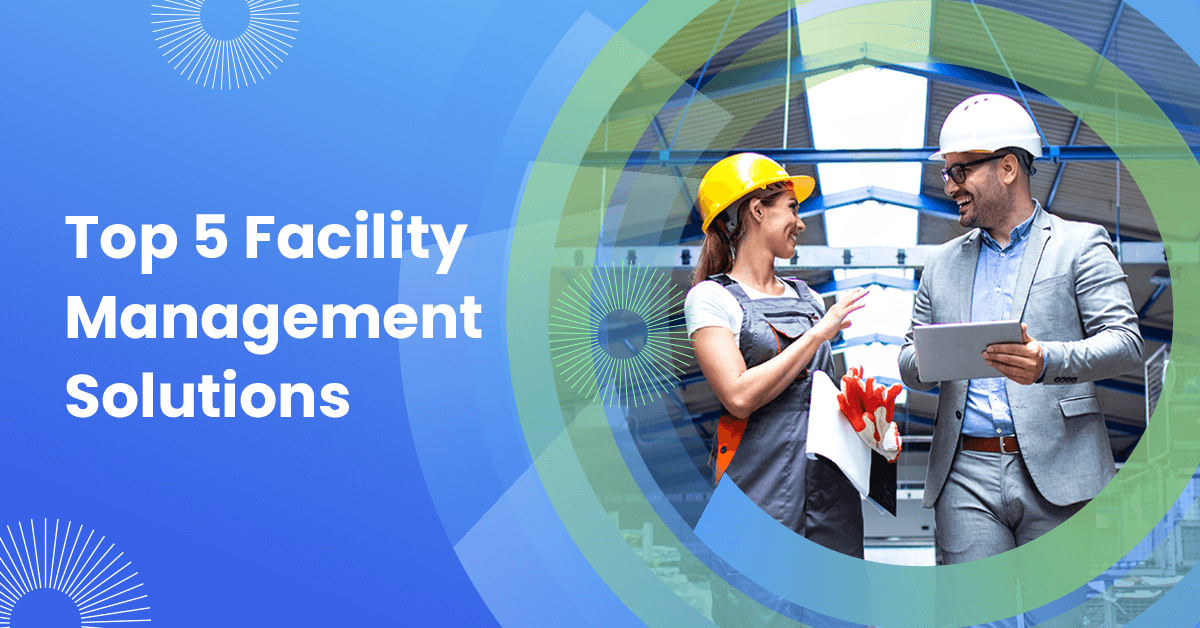The Necessary Guide to Facility Monitoring: Strategies for Success
Center monitoring plays a crucial duty in the total success of an organization, working as the backbone that sustains productivity, efficiency, and safety and security. By employing calculated methods such as integrated technological solutions and promoting cross-departmental collaboration, organizations can dramatically enhance their operational structures. The subtleties of efficient center management extend past mere logistics and require a detailed understanding of both measurable and qualitative metrics. As we check out these vital strategies, a closer assessment discloses exactly how they can transform not just facilities, however the actual culture within a company itself. What might these changes resemble in technique?
Comprehending Facility Monitoring
What makes up reliable facility administration? Effective center management encompasses the sychronisation of various organizational features to make sure that constructed environments are risk-free, reliable, and for efficiency. Facility Management. It integrates the concepts of architecture, engineering, and company administration to produce a seamless functional flow within an organization
Secret elements of facility management include room preparation, upkeep administration, and conformity with wellness and safety policies. Space preparation concentrates on enhancing making use of physical sources to support business goals, while maintenance monitoring makes sure that centers are kept in optimal condition, optimizing lifespan and decreasing operational costs. Conformity with regulatory and legal criteria is critical, as it safeguards the organization versus prospective obligations and improves its online reputation.
In addition, effective facility management depends on the calculated use of innovation, such as Structure Monitoring Systems (BMS) and Computer-Aided Center Administration (CAFM) tools. These modern technologies promote real-time monitoring of building systems and streamline maintenance processes. Inevitably, a detailed approach to center administration not just promotes operational efficiency yet likewise promotes a favorable setting for visitors and employees alike, driving overall organizational success.
Key Techniques for Optimization
Enhancing facility management needs a calculated strategy that aligns operational practices with organizational purposes. To achieve this, the first crucial approach is the implementation of incorporated technical services. Making use of innovative software systems enables real-time tracking of facility operations, facilitating data-driven decision-making and enhancing overall efficiency.
Second of all, normal assessments of center performance are necessary. Carrying out routine assessments and audits makes it possible for facility managers to determine locations that need renovation, ensuring that sources are alloted efficiently. This aggressive approach aids in reducing downtime and boosting service distribution.
Another essential technique is fostering collaboration across departments. By motivating open communication between teams, center supervisors can better straighten their methods with company goals, leading to improved functional synergy. Furthermore, involving team in training programs advertises a society of responsibility and improves their ability to add to optimization efforts.
Enhancing Security Methods
Strengthening safety and security protocols is crucial for producing a safe and secure environment within centers. An extensive safety and security method not just shields visitors and staff members but also improves functional effectiveness. To attain this, facility supervisors have to perform normal threat analyses to determine potential dangers and make certain that appropriate steps remain in location.
Training and education are important components of effective safety and security protocols - Facility Management. Workers ought to receive continuous training in emergency situation treatments, equipment handling, and personal safety actions. Normal drills, such here as fire evacuations or lockdown procedures, foster knowledge and preparedness among staff
Furthermore, clear communication networks must be developed to report security problems immediately. This includes creating an accessible platform for employees to articulate potential dangers or cases without anxiety of . Moreover, leveraging modern technology can improve precaution; for example, applying security systems and gain access to controls aids monitor center activities and limit unapproved entry.
Finally, conformity with neighborhood regulations and industry requirements is non-negotiable. Normal audits and evaluations of safety and security methods make certain positioning with current laws and finest practices. By prioritizing these techniques, facility supervisors can grow a culture of security that secures all stakeholders and eventually contributes to the company's success.
Improving Office Atmosphere

Ergonomic considerations are important Facility Management to minimize physical stress and discomfort. Facility Management. This entails supplying adjustable furniture, proper lights, and sufficient area for activity. These adjustments can result in reduced absenteeism and enhanced job contentment
Looks play a vital function fit the work environment environment. Making use of shade psychology, natural illumination, and plant can cultivate a boosting and inviting setting. Attentively developed rooms can increase creativity and boost general wellness.
Additionally, urging staff member interaction with comprehensive decision-making processes can enhance the feeling of ownership and belonging. Gathering feedback on office renovations and involving employees in the style process can result in an extra customized setting that satisfies their needs.
Last but not least, advertising wellness efforts, such as health cares and relaxation spaces, can even more add to a helpful workplace society. By focusing on these approaches, facility supervisors can effectively boost the workplace setting, driving both staff member complete satisfaction and business success.
Gauging Success in Facilities
Gauging success in center management calls for a comprehensive strategy that assesses both qualitative and quantitative metrics. Quantitative metrics generally consist of crucial efficiency indicators (KPIs) such as space application rates, energy usage, maintenance prices, and tenancy levels. These metrics give a clear photo of functional efficiency and financial performance, enabling facility supervisors to determine areas for enhancement and criteria against sector requirements.
Qualitative metrics, on the various other hand, emphasis on customer satisfaction and worker involvement. Studies and responses devices can gauge just how well the centers fulfill the requirements of residents, aiding to examine the total office atmosphere. This aspect is crucial, as a pleased workforce is commonly linked to raised productivity and retention rates.
To effectively determine success, center managers ought to additionally take into consideration incorporating modern technology, such as developing management systems and information analytics devices, to collect and evaluate relevant information. On a regular basis reviewing both collections of metrics allows for a much more balanced view of performance and informs critical choices. Eventually, an effective center administration approach hinges on a commitment to continuous enhancement, making sure that both functional efficiencies and customer satisfaction are focused on.
Conclusion

Facility management plays a crucial role in the general success of a company, offering as the foundation that supports effectiveness, safety, and efficiency.Secret elements of facility administration include space planning, maintenance management, and conformity with health and wellness and safety and security guidelines.In addition, effective facility monitoring relies on the calculated use of innovation, such as Building Administration Equipment (BMS) and Computer-Aided Facility Management (CAFM) tools. Ultimately, an extensive method to facility monitoring not just promotes functional efficiency but likewise fosters a favorable atmosphere for workers and visitors alike, driving total business success.
Ultimately, an effective facility management approach hinges on a commitment to continuous renovation, guaranteeing that both operational effectiveness and customer fulfillment are prioritized.